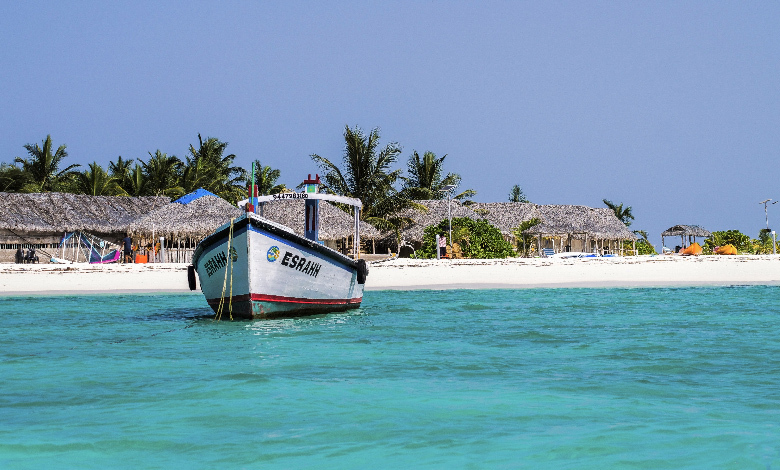Lakshadweep can learn from the Maldivian model. But it must chart its own course

A social media feud has ignited between India’s Lakshadweep, an archipelago of 36 islands, and the Maldives. Some Maldivian politicians delivered fiery statements, resulting in three suspensions. Lakshadweep has seemingly benefited, as a surge in online searches is noted.
Flight suspensions to the Maldives and discount offers to Lakshadweep have also been announced. Some actors and cricketers are lauding the Indian union territory. But it’s important to realise that Lakshadweep should learn from the Maldivian model and preserve itself.
The Maldives, an archipelago of coral islands in the Indian Ocean, faces an existential crisis triggered by climate change. Rising sea levels pose a significant threat to the tourism-dependent nation, as its average ground level is just 1.5 m above the sea.
Maldives battling an existential crisis fuelled by climate change
Climate models suggest global heating crossing the 2C threshold is likely to inundate around 80% of the Maldives by the end of the century. Meanwhile, ocean acidification is further jeopardising the islands’ delicate coral ecosystems, famous for their biodiversity.
Extreme events, intensified by the climate crisis, are presenting immediate challenges. The Maldives is increasingly susceptible to tropical storms, cyclones and rising temperatures, seriously affecting its infrastructure, agriculture and resources.
Plastic pollution compounds the problems. But despite these challenges, the Maldives has advocated for climate action, underscoring the urgency of reducing greenhouse gas emissions. It has set ambitious targets for carbon neutrality and renewable energy adoption.
Currently, Lakshadweep stands at a crucial juncture. Some may be tempted to draw parallels between Lakshadweep and the Maldives, but there are compelling reasons to stress the Indian island should chart its own course and not replicate the Maldivian model.
How can Lakshadweep fight the threat of climate change better?
First, Lakshadweep’s charm lies in its relatively untouched beauty. By understanding the challenges of over-tourism and adopting a more measured and sustainable approach, the territory can preserve its fragile ecosystems better.
Second, Lakshadweep has an opportunity to diversify its economy and avoiding the pitfalls linked to overreliance on a single industry. The place can promote sustainable fishing practices and eco-friendly initiatives, and leverage its unique cultural heritage.
Read More: Need for transparency in manufacturing for a more successful green transition
Third, the Indian union territory can balance development and environmental conservation by implementing thoughtful regulations and urban planning. Fourth, it can engage in pro-active climate change adaptation measures, learning from the vulnerabilities faced by the Maldives.



